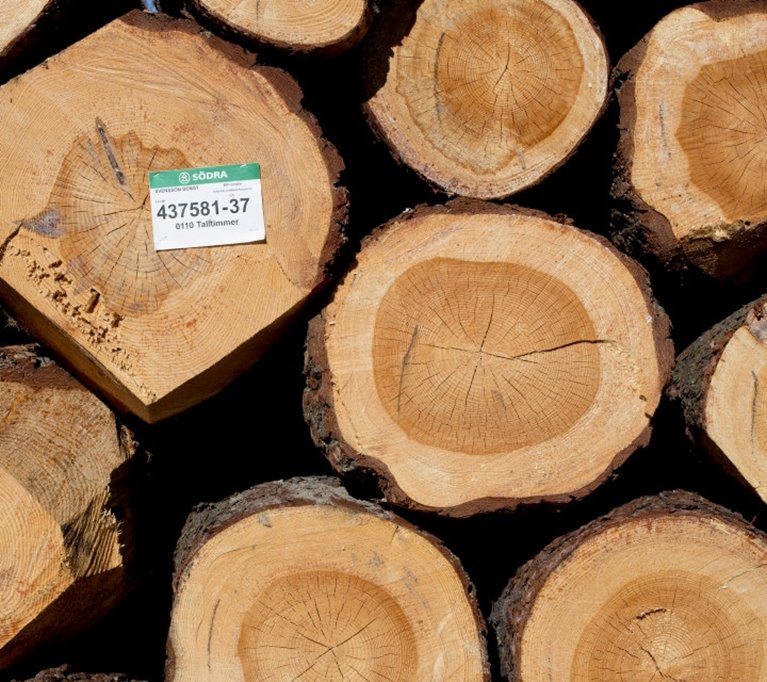
Close to the everyday life
A raw material with endless opportunities
Toilet paper, hygiene products, decking, cleaning agents, clothing, tall wooden buildings, and biofuels are just a few examples of what can be made from the remarkable forest raw material the forest provides. Many of our products are sold to customers who further refine them, while others reach you in the same form as when they leave us.
Products
Everyday products from family forestry
Toilet paper, hygiene products, decking, cleaning agents, clothing, tall timber buildings and biofuels – these are just a few examples of what can be made from our remarkable forest raw material when we make full use of the entire tree. Many of our products are sold to customers around the world who further refine them, while others reach the end consumer in the same form as when they leave Södra.

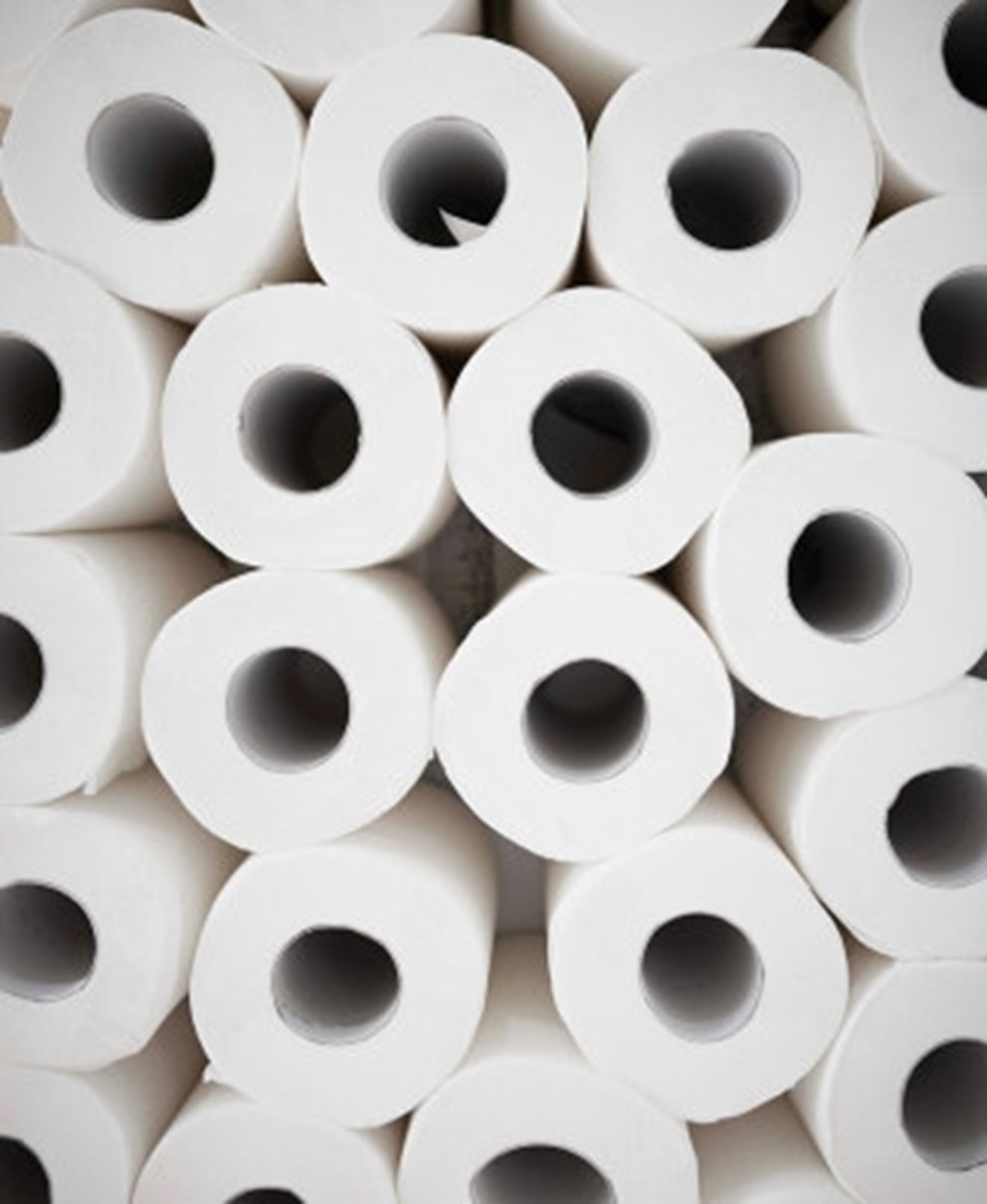
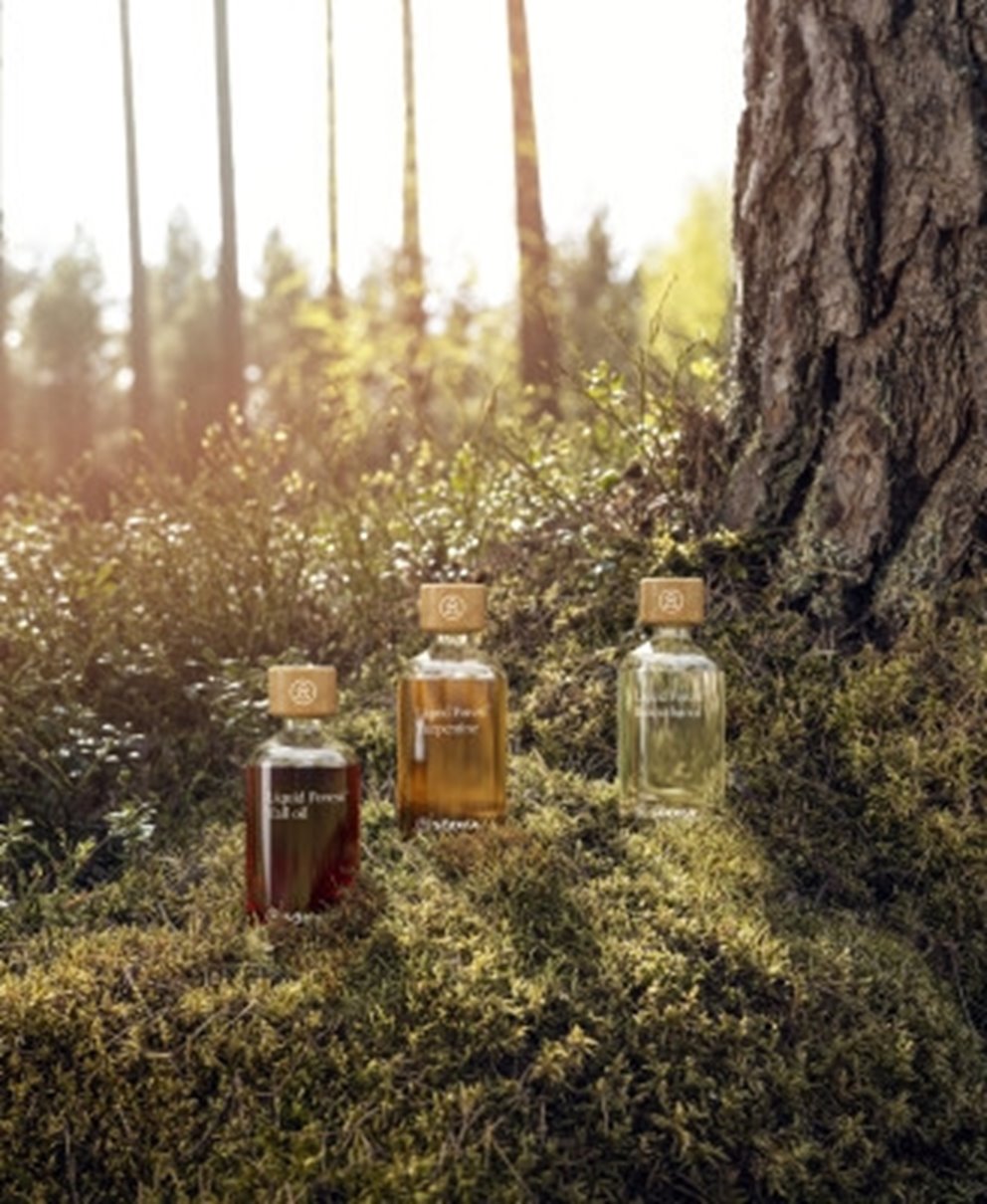
A commitment with 50,000 perspectives
It starts in the forest
Södra is Sweden’s largest forest owners’ association, with more than 50,000 members. Together, we own world-leading processes that transform forest raw material into products with a low climate footprint. We care for the forest so that it can care for us — today and for generations to come.
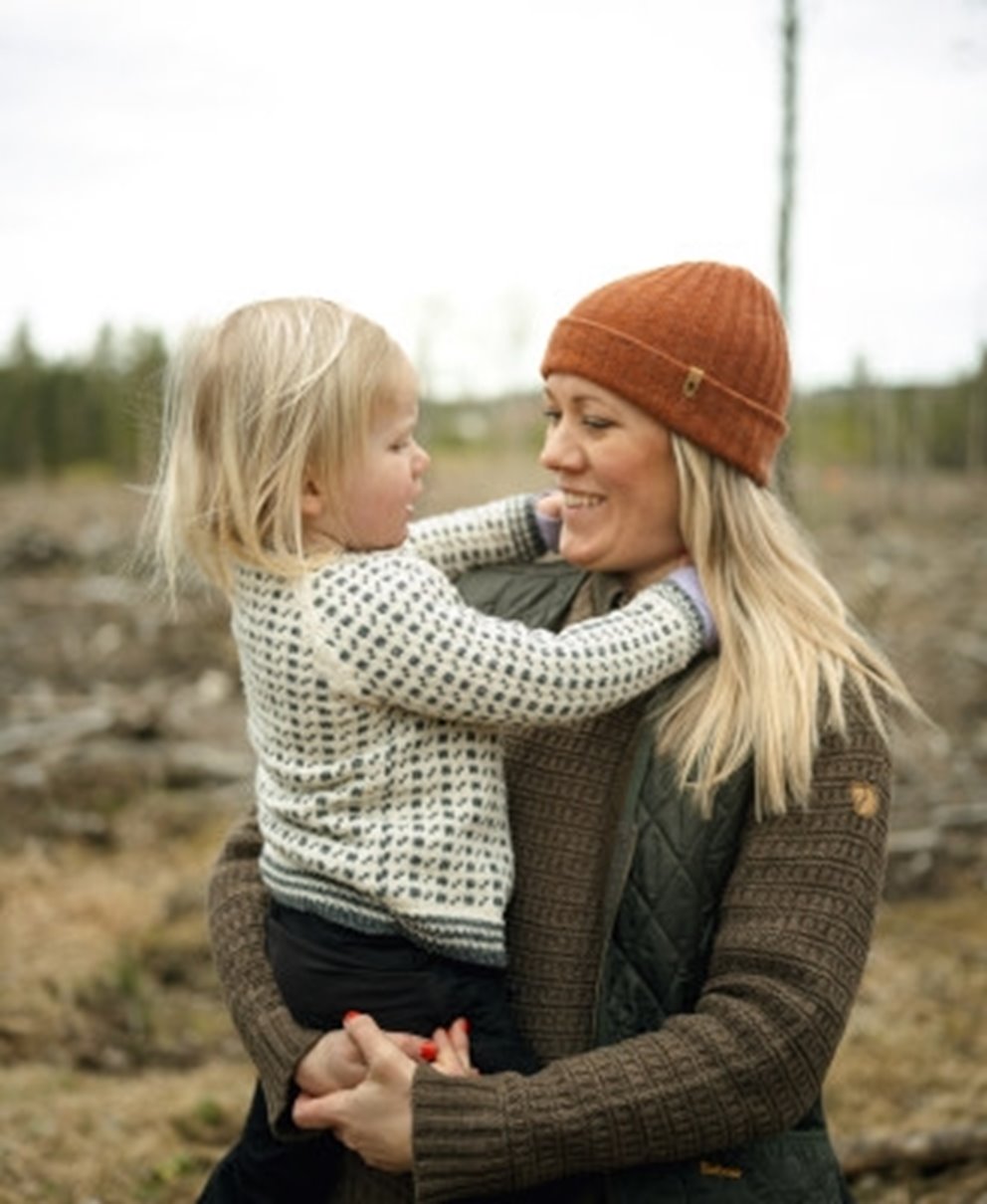
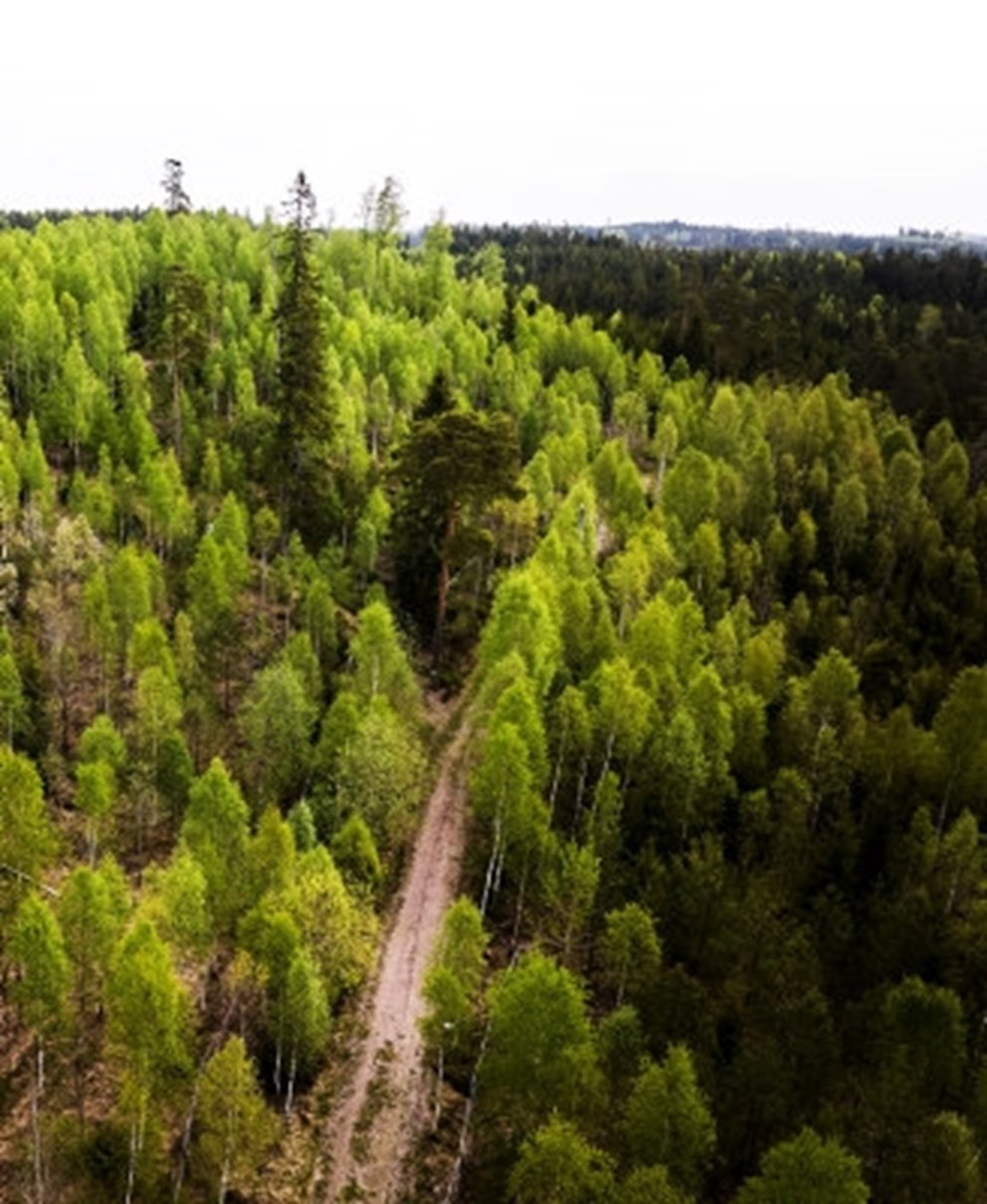
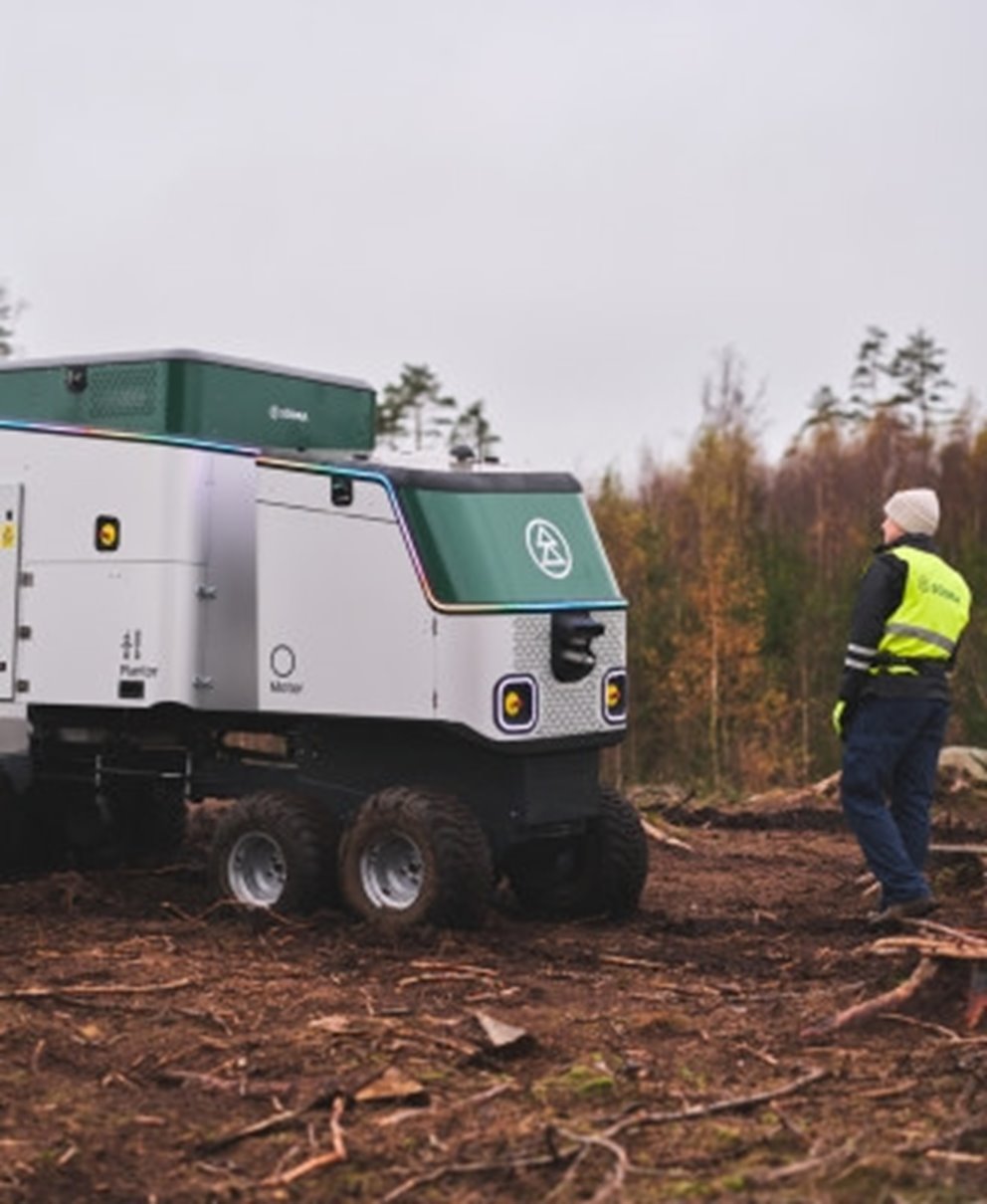
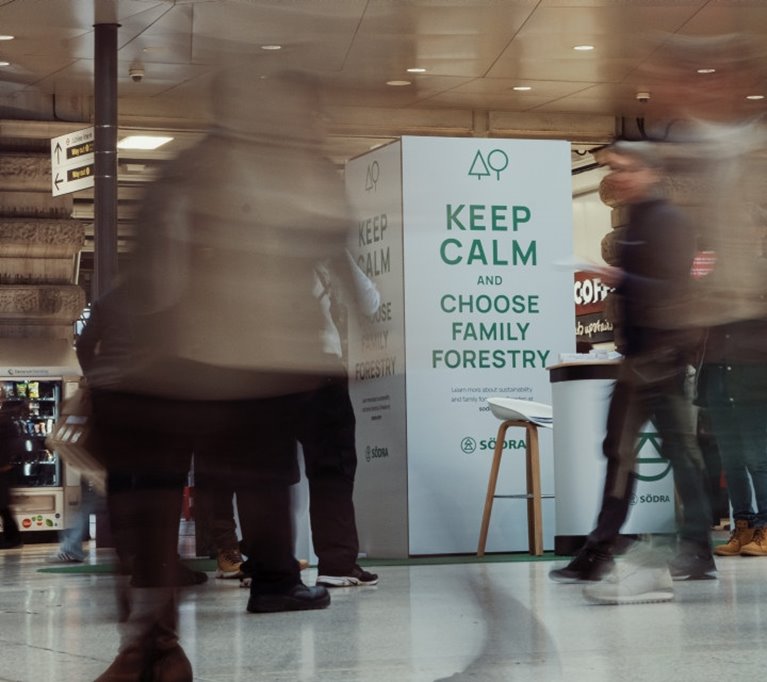
Keep calm and choose family forestry
What do you really know about Swedish forests?
At Waterloo - one of London’s busiest stations - we asked people what they really know about sustainability and Swedish forestry. The answers might surprise you.
Watch the video and discover how close the forest really is to your daily life.
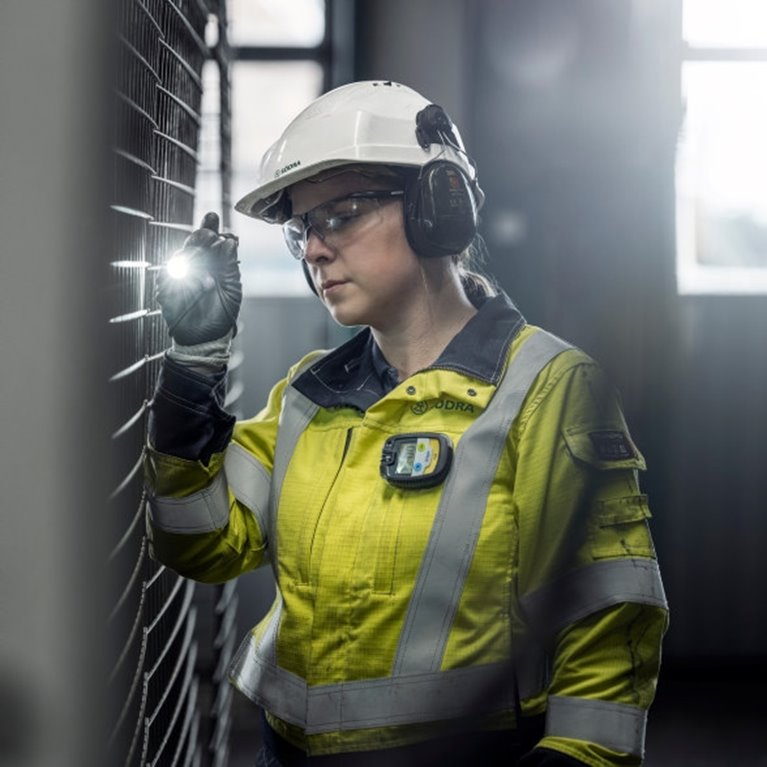
Find your dream job
A place to grow - close to you
At Södra, everything begins with care for people. That’s how we shape the future of forestry. By people driven by curiosity, who dare to think differently, and who know that together is stronger than alone. Do you want to work with the future, in a place that sees you and where you can make a difference? You're getting closer.
Didn't find what you were looking for?
Use the search bar in the top menu or go to our contact page to find the right contact person.
